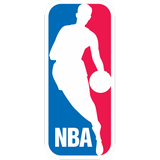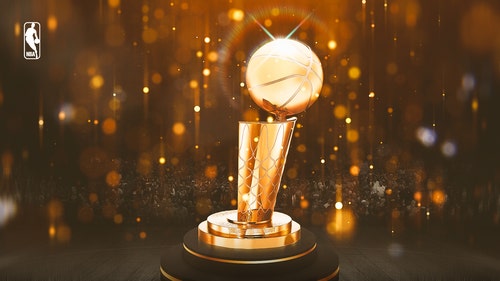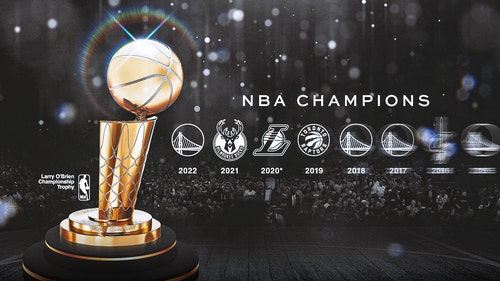
2010 free agents aren't paying off yet
There are 100 million reasons for Amar’e Stoudemire to be smiling these days, starting with the fact that he was given the keys to the Knicks last summer and is being treated by New Yorkers as the biggest basketball star to hit town since Patrick Ewing more than two decades ago.
But the new king of New York has been wearing a frown these days, with his Knicks dropping to a 3-5 record after losing to ex-Knick David Lee in the Garden on Wednesday night.
“It’s definitely not fun, it’s not fun,’’ Stoudemire said Thursday before heading to Minnesota for Friday’s game against the Timberwolves. “It’s a learning curve for us.’’
Stoudemire was one of the biggest names to move to a new team during last summer’s gold rush, featuring perhaps the greatest class of free agents in NBA history. While the former Sun has struggled to find his offense — largely because of the fact that he’s one of 10 new Knicks players and none is named Steve Nash — he’s got company.
Chris Bosh, formerly the No.1 player in Toronto with a handful of All-Star Game appearances, has been nothing more than the second coming of Michael Beasley in his new gig with the Miami Heat.
Then there is LeBron James, who has had an easier time than Bosh adjusting to his new role in Miami and playing alongside Dwyane Wade. James has taken the same approach he had in Cleveland, looking to set up teammates first with his exceptional vision and passing. But it’s still a work in progress for coach Erik Spoelstra, especially when it comes to finding ways to make Bosh more of an impact player.
“People talk about the Big Three, but it’s really been the Big Two and Bosh,’’ said one Eastern Conference scout who has watched Miami several times. “Bosh has gone from a superstar to just another guy who isn’t that much different than Beasley.’’
Uh-oh. That’s not why Pat Riley brought Bosh in and agreed to pay him around $95 million.
As Miami’s No. 3 option, Bosh is giving Spoelstra production that is almost identical to what Beasley provided last year, along with some soft play that has made the Heat vulnerable against teams that feature bigger and stronger power forwards and centers.
Check this out: Bosh is averaging 15 points and six rebounds a game. Beasley last year averaged 14.8 points and 6.4 rebounds.
The Heat brought Bosh in to do way more, but his most significant stats are way down, starting with his points per game (24) and rebounds (11). All his other significant stats have taken major dips — shots per game (16.6 to 11.5); offensive rebounds (2.9 to .8) and defensive boards (8 to 5.1). Yet his minutes are down only a little, from 36 per game to a little more than 33 per game.
“This is really a work in progress,’’ the scout said. “Spoelstra is going to have to come up with ways to make Bosh more of an impact guy. Erik works hard and is creative, so I think we need to give him some time to see how he handles it and what he comes up with.’’
The one free agent from last summer who seems to have made the easiest transition to his new team is Lee, who went for 28 points and 10 rebounds in the Warriors’ win in New York. He brings the Warriors exactly what they needed, a big-time rebounder. He scored an $80 million contract as a No. 3 option, which seems excessive. But the Warriors were more than willing to pay Lee, who should do well in pick-and-roll schemes with Stephen Curry and Monta Ellis.
But it’s under the glass where Lee will make his money. Last season, Golden State was outrebounded 69 times and had the largest rebound-per-game deficit of any team, getting outboarded by more than 10 per game. So far, they’ve won the battle of the glass five times in the eight games Lee has played. (He sat out Thursday's loss in Chicago.) Lee is among the league leaders in rebounds, going for 11 per night.
“My role has changed a little,’’ Lee said. “When I was here in New York, I had to score. But as far as putting up 25 points a night, I don’t have to do that now. With the scoring guards we have, I have a little more help now. This is a great situation for me.’’
In Chicago, new coach Tom Thibodeau still hasn’t been able to see what Carlos Boozer can do with Derrick Rose and the rest of the Bulls. The former Jazz forward who changed addresses last summer has been sidelined since training camp with a broken hand. But his low-post presence should fit perfectly with the Bulls.
Meanwhile in New York, Mike D’Antoni has been trying to figure out how to jump-start Stoudemire after a slow start. He’s embraced his new role as the Knicks’ top gun and has shown he is a leader. After the Golden State loss, he warned teammates: “We can’t get comfortable with losing. That’s the mentality we can’t have.’’
For a team that has accepted losing for too many years since the days of Pat Riley and Jeff Van Gundy, Stoudemire’s words must have struck a chord with die-hard Knicks fans starved for success.
But to be successful, the Knicks have to get a lot more out of Stoudemire, who had his first big game against Golden State when he scored 33 points and got to the foul line 16 times. His slow start can be traced to playing for the first time with Raymond Felton, one of the new Knicks who have never played in anything remotely close to D’Antoni’s speed-ball system. Felton wasn’t asked to create in Larry Brown’s halfcourt offense in Charlotte. But in New York, he’s being asked to create all the time and to look for Stoudemire about 90 percent of the time. So far, Felton has struggled with the pick-and-roll, the bread-and-butter play for Nash and Stoudemire when the Suns advanced to three Western Conference finals.
D’Antoni has already changed the starting lineup — removing rookie, non-scoring center Timofey Mozgov for shooting forward Wilson Chandler — in an attempt to space the court better and give Stoudemire more lanes to the basket. In addition to being turnover-prone as he’s attempted to create his own shot, Stoudemire has seen his shooting percentage plummet. In Phoenix in his last four seasons, he made 58%, 59% 54% and 56%. But easy looks have been tough to come by, with defenses keying on him and getting little support from a cast of largely unproven players. Stoudemire goes into Friday’s game shooting only 45 percent, his career low, except for when he was limited to three games because of a knee injury in 2006.
“Our biggest weapon is Amar’e, and he’s having a hard time getting open looks and getting to the foul line,’’ D’Antoni said. “So we’ve got to help him a little bit.’’
Even if he’s making $100 million, the new king of New York can’t do it all by himself.








